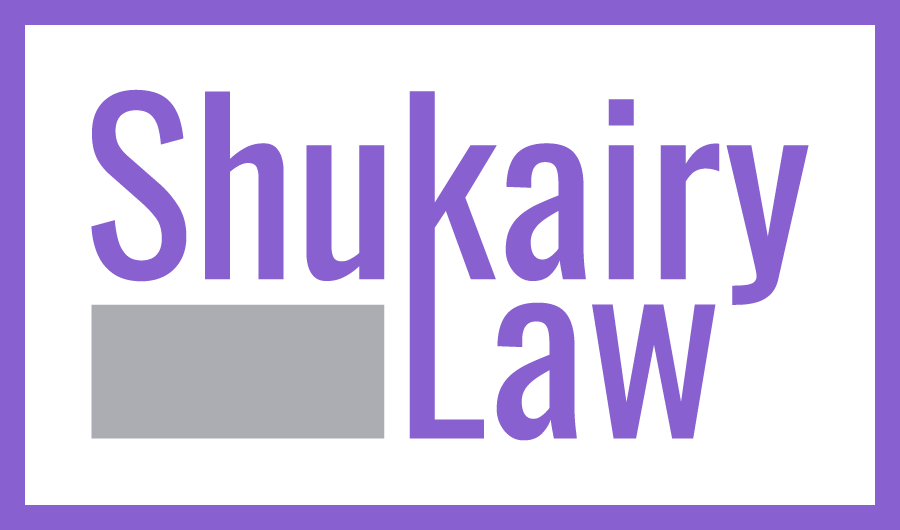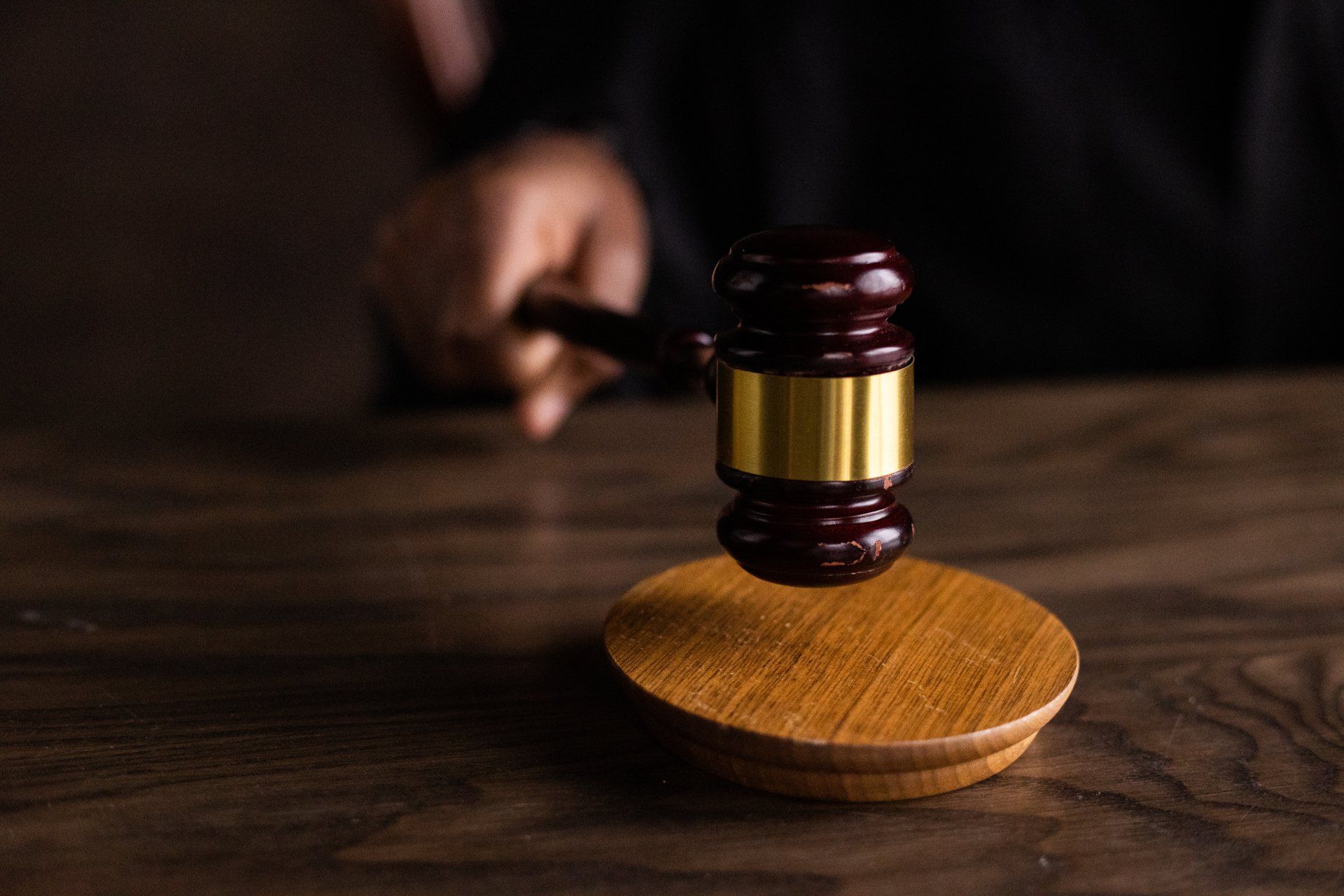JANUARY 8, 2022. The Ontario Court of Appeal recently released a decision in which it dismissed a conviction appeal. The central point at trial was the credibility and reliability of the complainant and the accused.
On appeal, the Appellant advanced three grounds which are:
- Judicial notice
- Uneven scrutiny of the evidence by the trial judge
- Reasonable apprehension of bias
As indicated above, all three grounds of appeal were rejected by the Court. But in this decision, the Court reminded us of the important legal principles in relation to each ground of appeal.
On judicial notice, the Court indicated at paragraph 34 that : [t]he principles of judicial notice were recently explained by Brown J.A. in R. v. J.M., 2021 ONCA 150, 154 O.R. (3d) 401, at paras. 31-38. For the purposes of this appeal, only the following principles need be stated. First, courts may only take judicial notice of facts that are (1) “so notorious or “accepted”, either generally or within a particular community, as not to be the subject of dispute among reasonable persons”, or (2) “capable of immediate and accurate demonstration by resorting to readily accessible sources of indisputable accuracy”: J.M., at para. 31.
[35] Second, as Brown J.A. observed in J.M., there are different forms of judicial notice. The form that arises in this case has been referred to as “tacit or informal judicial notice”. This involves the trier of fact drawing on “common experience, common sense or common knowledge to interpret and understand the formal evidence presented at trial”: J.M., at para. 32. One issue on this appeal is whether the trial judge applied “common sense or common knowledge”, or a specialized field of “memory science”, which should have been the subject of expert evidence.
[36] Third, judicial notice has a procedural dimension. As a matter of transparency and trial fairness, there may be occasions when a trial judge has an obligation to advise the parties that they are contemplating taking judicial notice of a fact and to invite them to make submissions.
On the uneven scrutiny of evidence, the Court in G.M.C. states at paragraph 43 that:
The principles underlying uneven scrutiny as a ground of appeal were set out by Watt J.A. in R. v. Radcliffe, 2017 ONCA 176, 347 C.C.C. (3d) 3, at paras. 23-26, leave to appeal refused, [2017] S.C.C.A. No. 274:
First, as the appellant recognizes, this is a difficult argument to make successfully. The reasons are twofold. Credibility findings are the province of the trial judge. They attract significant appellate deference. And appellate courts invariably view this argument with skepticism, seeing it as little more and nothing less than a thinly-veneered invitation to re-assess the trial judge’s credibility determinations and to re-try the case on an arid, printed record: R. v. Howe (2005), 192 C.C.C. (3d) 480 (Ont. C.A.), at para. 59; R. v. George, 2016 ONCA 464, 349 O.A.C. 347, at para. 35.
Second, to succeed on an uneven scrutiny argument, an appellant must do more than show that a different trial judge assigned the same task on the same evidence could have assessed credibility differently. Nor is it enough to show that the trial judge failed to say something she or he could have said in assessing credibility or gauging the reliability of evidence: Howe, at para. 59.
Third, to succeed on the argument advanced here, the appellant must point to something, whether in the reasons of the trial judge or elsewhere in the trial record, that makes it clear that the trial judge actually applied different standards of scrutiny in assessing the evidence of the appellant and complainant: Howe, at para. 59; George, at para. 36.
Fourth, in the absence of palpable and overriding error, there being no claim of unreasonable verdict, we are disentitled to reassess and reweigh evidence: George, at para. 35; R. v. Gagnon, 2006 SCC 17, [2006] 1 S.C.R. 621, at para. 20.
Finally, on the reasonable apprehension of evidence, the Court in G.M.C. indicated the following:
[84] Public confidence in the legal system is grounded in the perception “that those who adjudicate in law must always do so without bias or prejudice and must be perceived to do so”: Wewaykum Indian Band v. Canada, [2003] 2 S.C.R. 259, at para. 57; Yukon Francophone School Board, Education Area #23 v. Yukon (Attorney General), 2015 SCC 25, [2015] 2 S.C.R. 282, at para. 23.
[85] In determining the existence of a reasonable apprehension of bias, the test is: what would an informed person conclude, having viewed the matter realistically and practically and having thought the matter through? Would the person think that it is more likely than not that the decision-maker, whether consciously or unconsciously, would not decide the matter fairly?: Committee for Justice and Liberty v. National Energy Board, [1978] 1 S.C.R. 369, at p. 394, per de Grandpré J. (dissenting); Yukon Francophone School Board, at paras. 20-21; R. v. Ibrahim, 2019 ONCA 631, 147 O.R. (3d) 272, at para. 83.
[86] There is a presumption of judicial impartiality. That presumption may be displaced where the party establishes a “real likelihood or probability of bias”: Yukon Francophone School Board, at para. 25; see also Ibrahim, at para. 84.
[87] A judge’s comments during a trial cannot be considered in isolation. The inquiry is inherently contextual and fact-specific, and there is a correspondingly high burden on the party alleging bias: Yukon Francophone School Board, at paras. 25-26; Ibrahim, at para. 85.
[88] As a general rule, allegations of bias or a reasonable apprehension of bias should be advanced as soon as it is reasonably possible to do so. This can serve to alert the trial judge to the possible need to modify their behaviour or for a corrective jury instruction. It may also serve to create an evidentiary record and a ruling for the purpose of an appeal, if necessary: R. v. Mills, 2019 ONCA 940, 151 O.R. (3d) 138, at para. 227.



